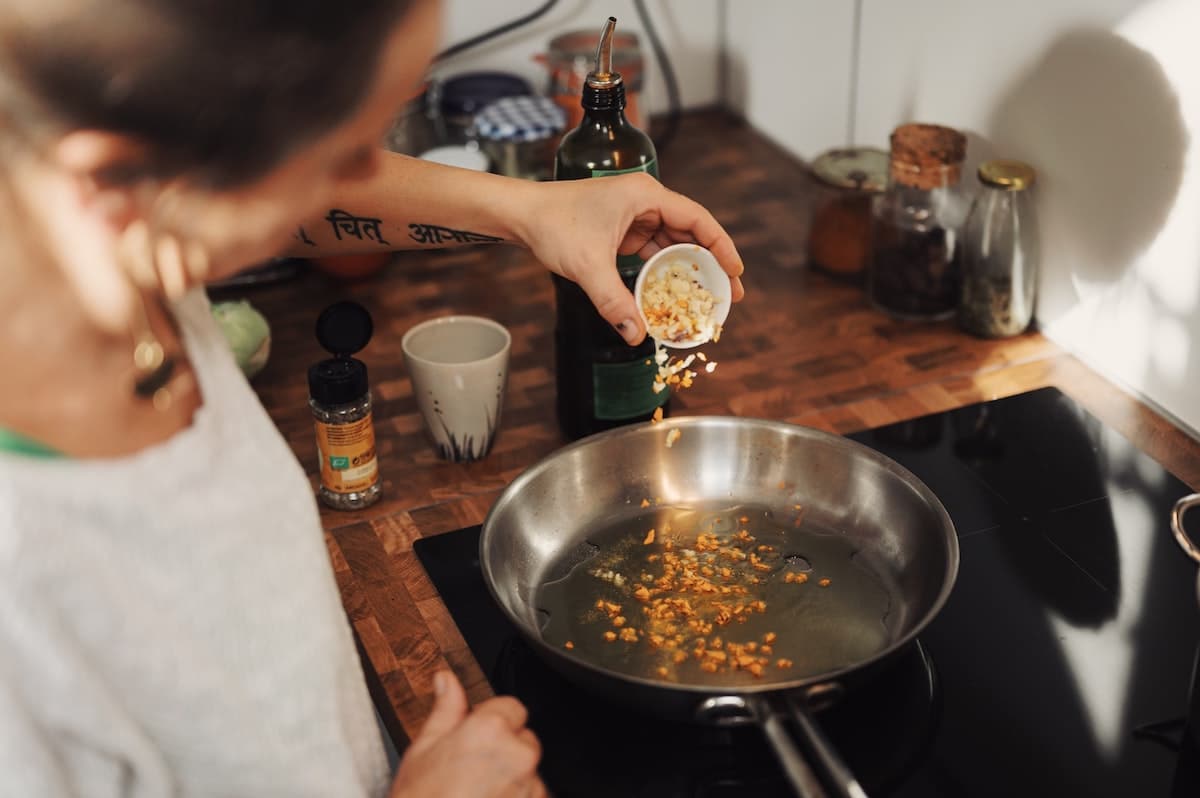Table of Contents
What’s for dinner, honey? It’s wine! And not just as a complying beverage but as the meal’s main ingredient. Yes, cooking with wine is excellent, and even baking with wine too. Why? Because of the alcohol and other compounds available in wine, it makes for a perfect flavor-enhancing ingredient. Cooking with wine, especially one that isn’t as expensive as the Chateau Margaux 1787, replenishes lost fat in the meals. If you reduce the fat content from oil, the dish’s moisture reduces. To replenish it, adding a bit of wine can do wonders.
If you are interested in learning how to use wine for cooking, its benefits, and more, read below. Consider this article a short guide for cooking with wine.
Facts about adding wine to cooking
Wine can add flavor to a dish
Wine adds a deep flavor to any dish, especially fish. For instance, deep-frying fish that is dipped in tartar sauce has no nutritional purpose. So how do you add moisture and flavor to a fish? Adding wine to the fish adds moisture and flavor but no fat.
Use wine to make great marinades.
Wine has a lot of acids, which can tenderize the meat’s outer layer. Since it has so much flavor, adding it to marinating meat, seafood, or poultry can keep it moist while cooking.
Wine makes for a perfect baking ingredient.
Do you love baking? Then start using wine for a few types of cupcakes, bread, or cakes. Wine or sherry adds perfect moisture to the cake and is a great replacement for other fats. It lightens the cake while adding other overwhelming but nice flavors.
Tips for cooking with wine
Choose the wine you cook wisely
Firstly, don’t use expensive wine for cooking. Instead, find a wine that is good but affordable for cooking. Using white or red wine in your dish will depend on your cooking dish. For instance, when cooking red meat or red sauce for pasta, go with red wine (full-bodied). If cooking soup with beef or root vegetables, use an earthier wine. However, use dry white when making a creamy pasta sauce or vegetable soup. But for dessert, sweet white wine is the best choice. Whatever you choose, select the best Australian wines to have a perfect little preparation.
Always use non-reactive pans when cooking with wine
Wine is heavy on the acid side. Cooking with wine, therefore, necessitates the use of non-reactive skillets and wine. If you don’t, the acid will discolor the pans or skillets due to the acid hitting the pan. The best pans to use for cooking with wine are enameled cast iron or stainless steel.
Quality of wine matters
If you aren’t drinking wine because it smells and tastes cheap, don’t use it for cooking. Sure, using expensive wines for cooking isn’t a great idea either. But if you are hesitant about drinking a certain wine, never use it for cooking. There is a myth that it is still suitable for cooking if you cannot drink wine. That’s not true, don’t follow this rule.
Be careful about overcooking or undercooking the wine.
The amount of time a wine requires to simmer on the stove differs depending on the wine you are using. For instance, if cooking a dish with white wine, you cannot leave it to simmer as long as with red wine. However, the latter can be cooked for a long time on the stove to bring out the deep ruby color. Try some red wine recipes the next time you host a dinner; it will be a hit.
Also, never add wine just before you are serving a dish. It will prevent the wine from seeping into the dish and make it taste like vinegar. Allow the vine to cook well with the food instead.
How much wine is okay to add to the meal?
Knowing how much wine to add is also essential. It depends on the dish you are making. Only two tablespoons are perfect per cup of broth in soups. A quarter cup or more is required for meats. Depending on the meal, the amount will differ.
To conclude, using wine to cook food is not a new idea. It has been in use for a long time. In terms of health benefits, it is comparable to drinking wine in moderation. Lastly, when you cook with wine, remember these tips to ensure you don’t overcook or undercook anything.
Image Credit: Photo by Conscious Design on Unsplash


